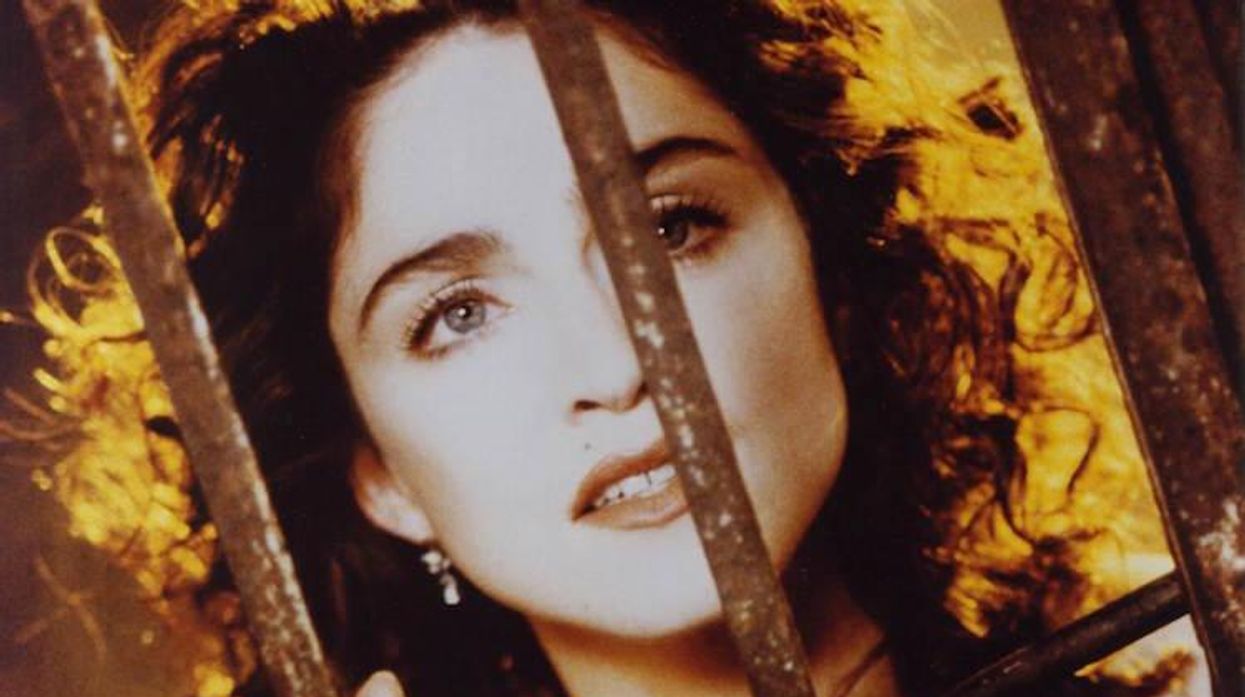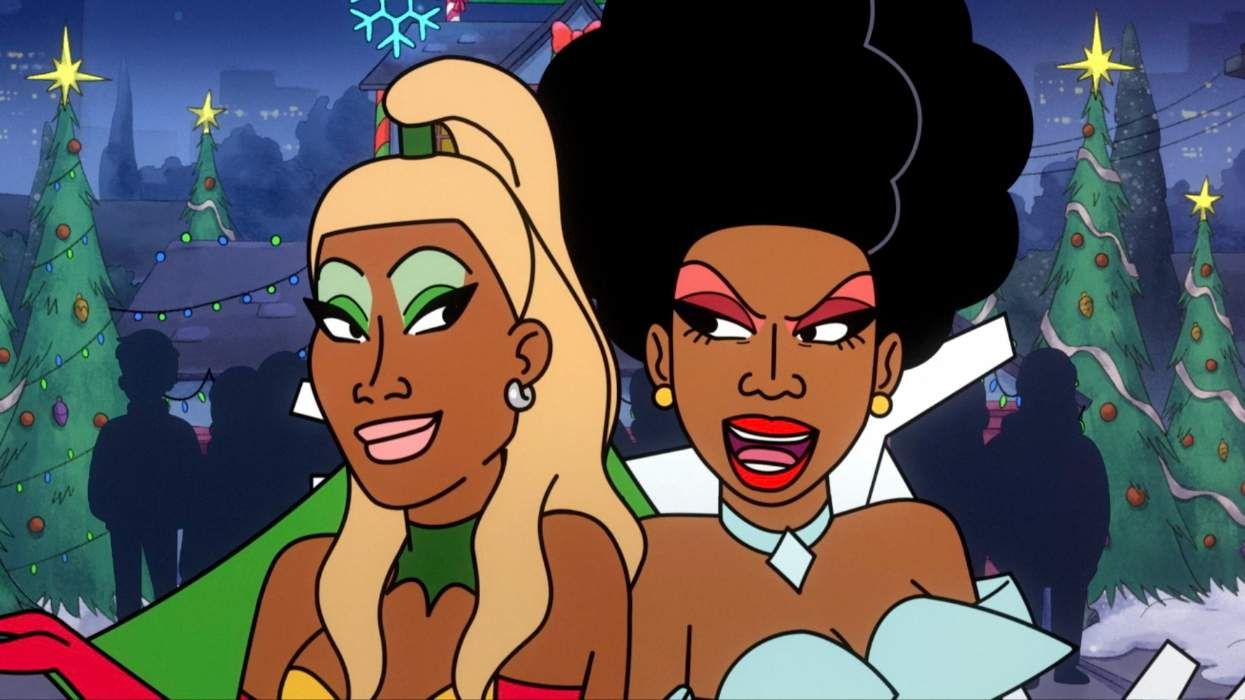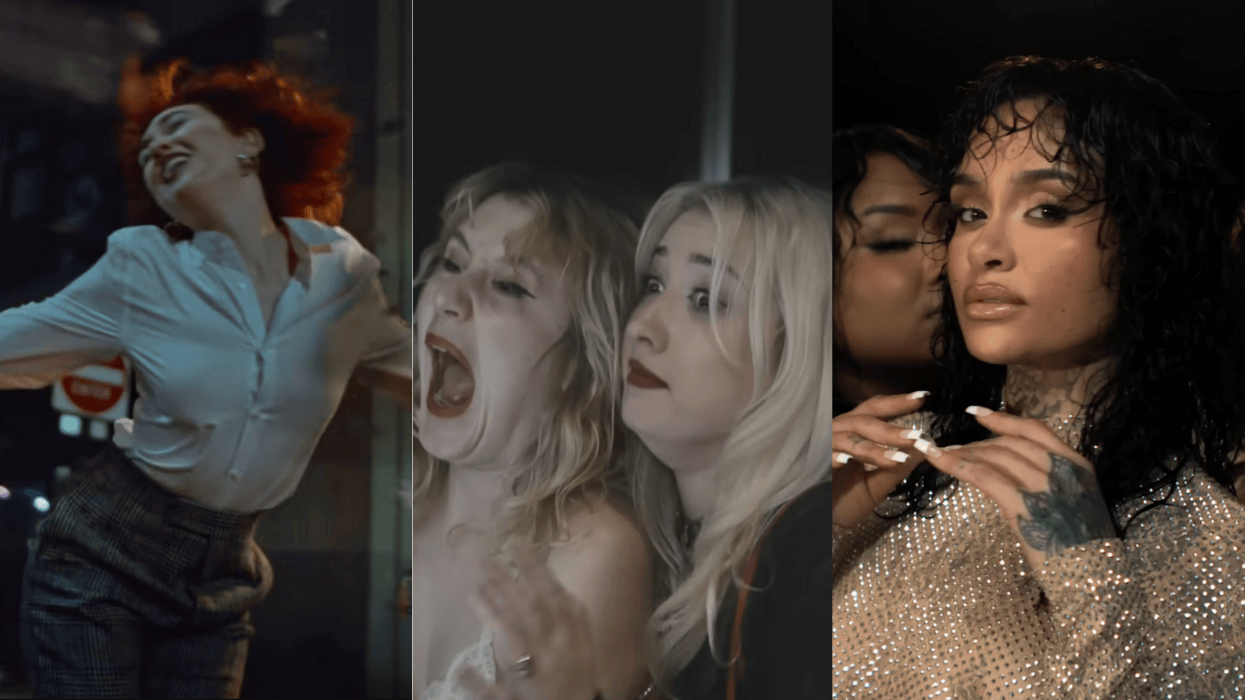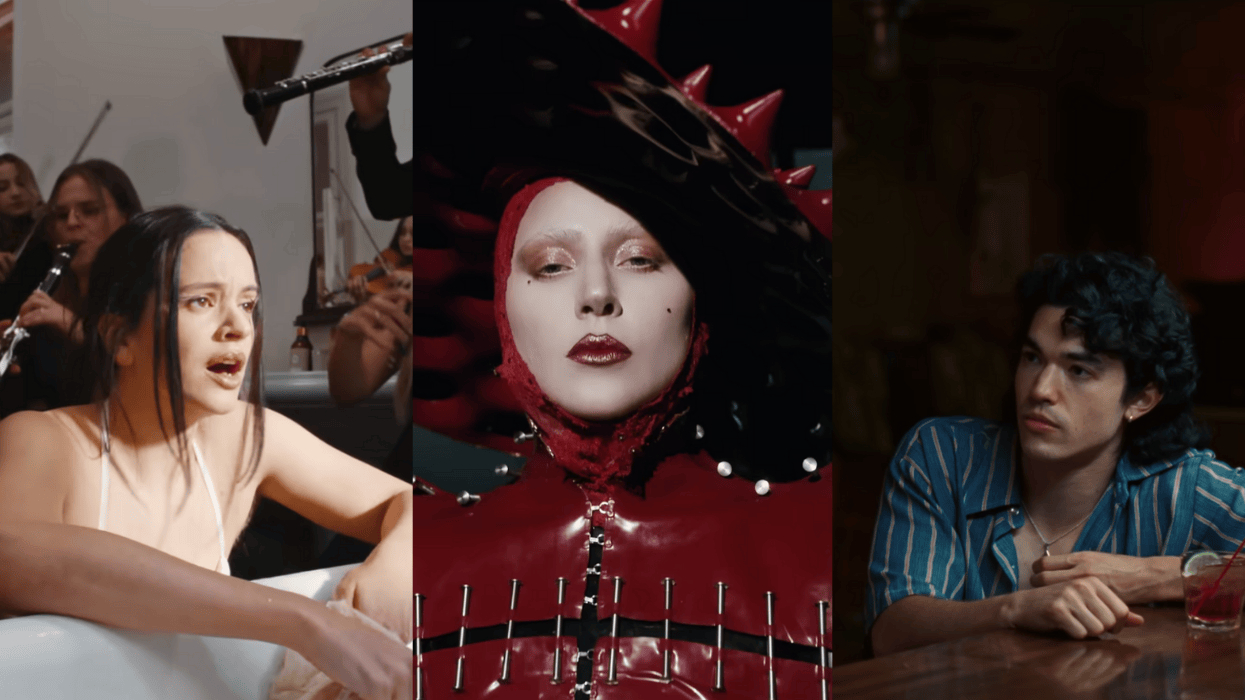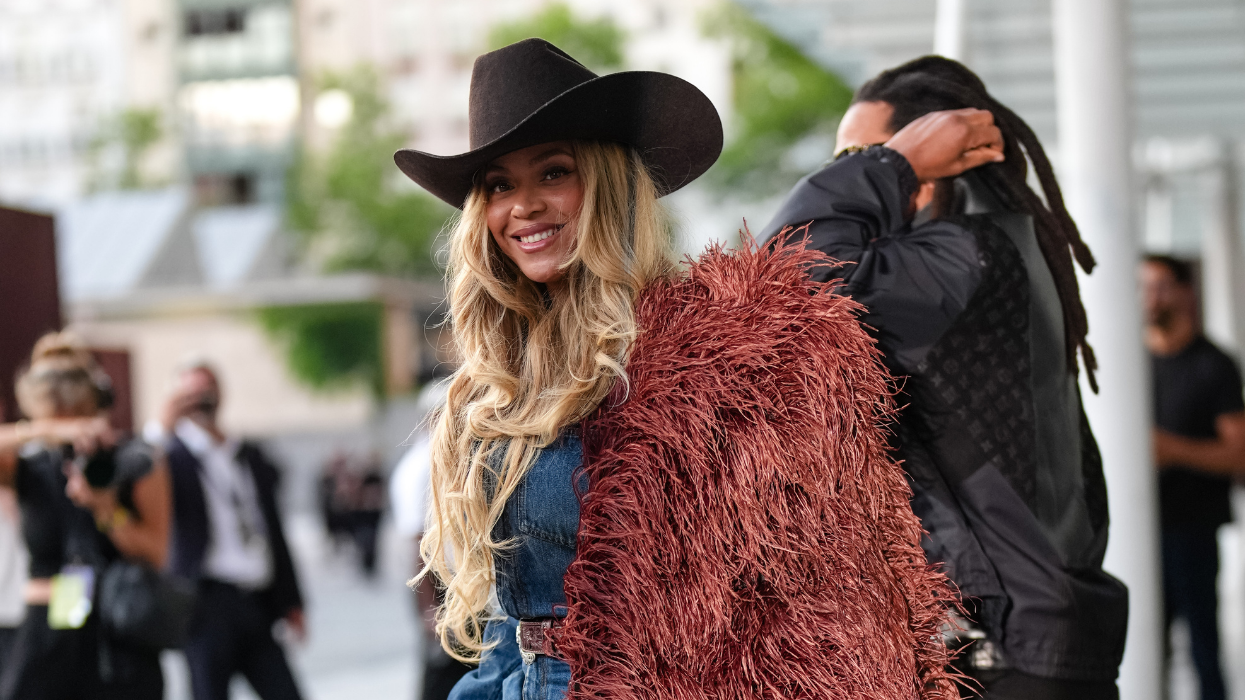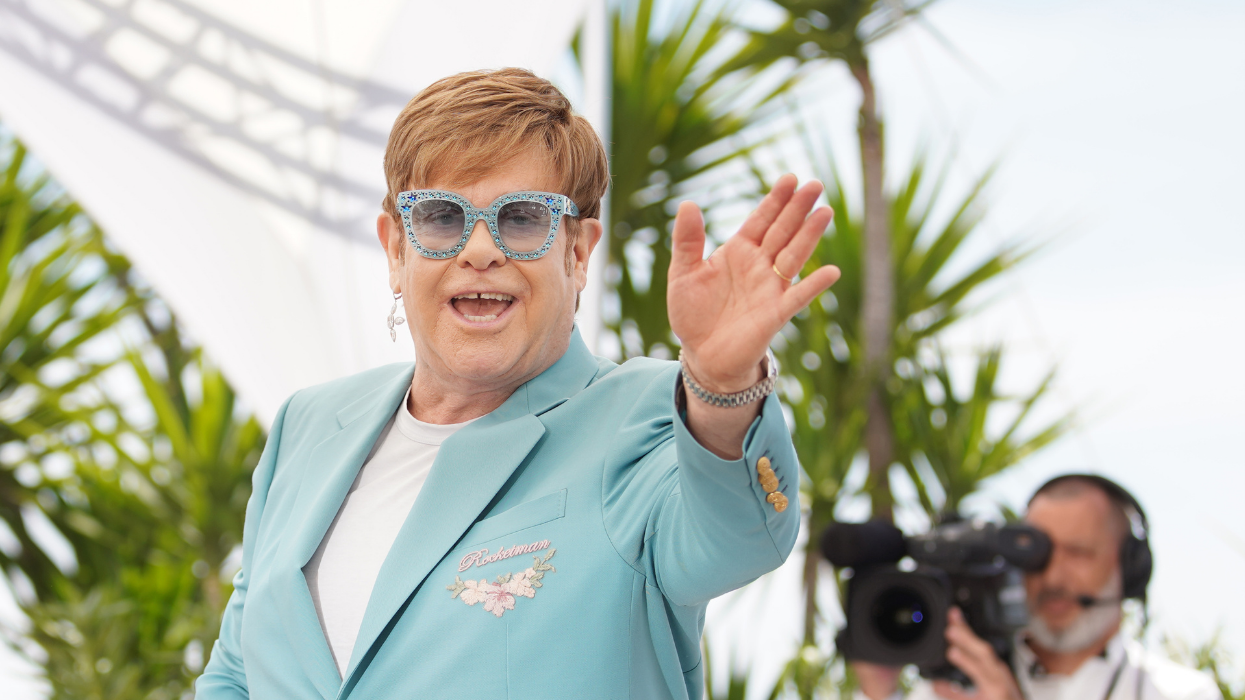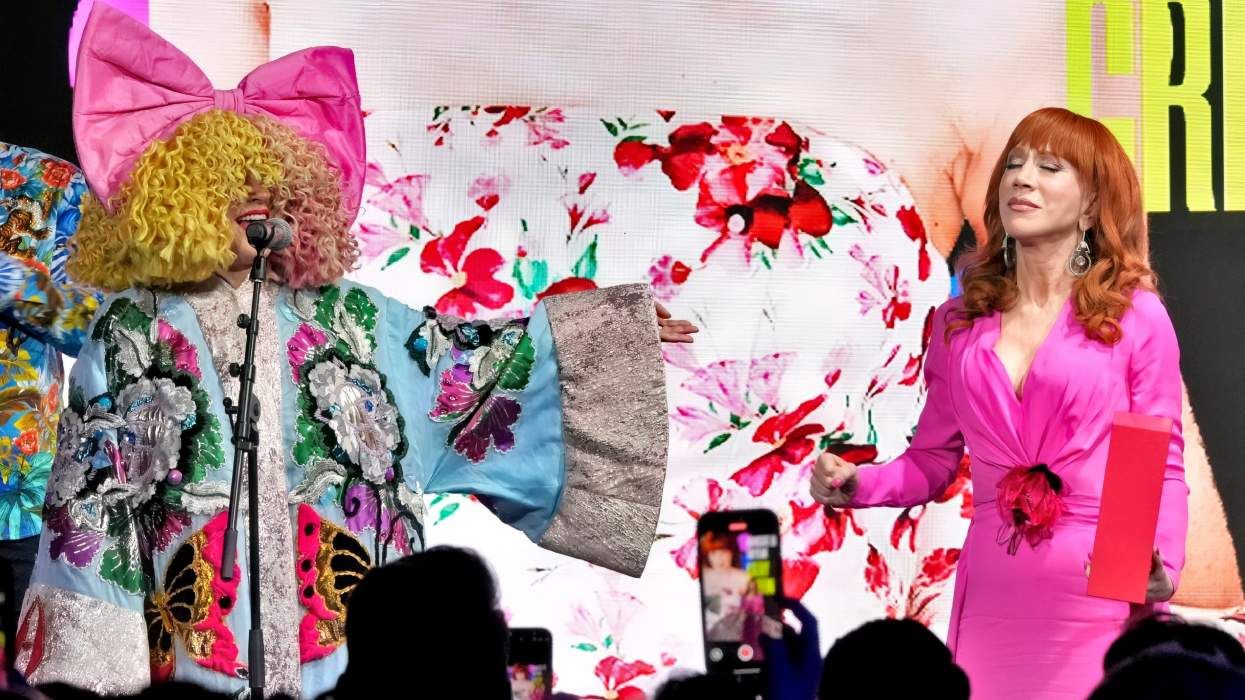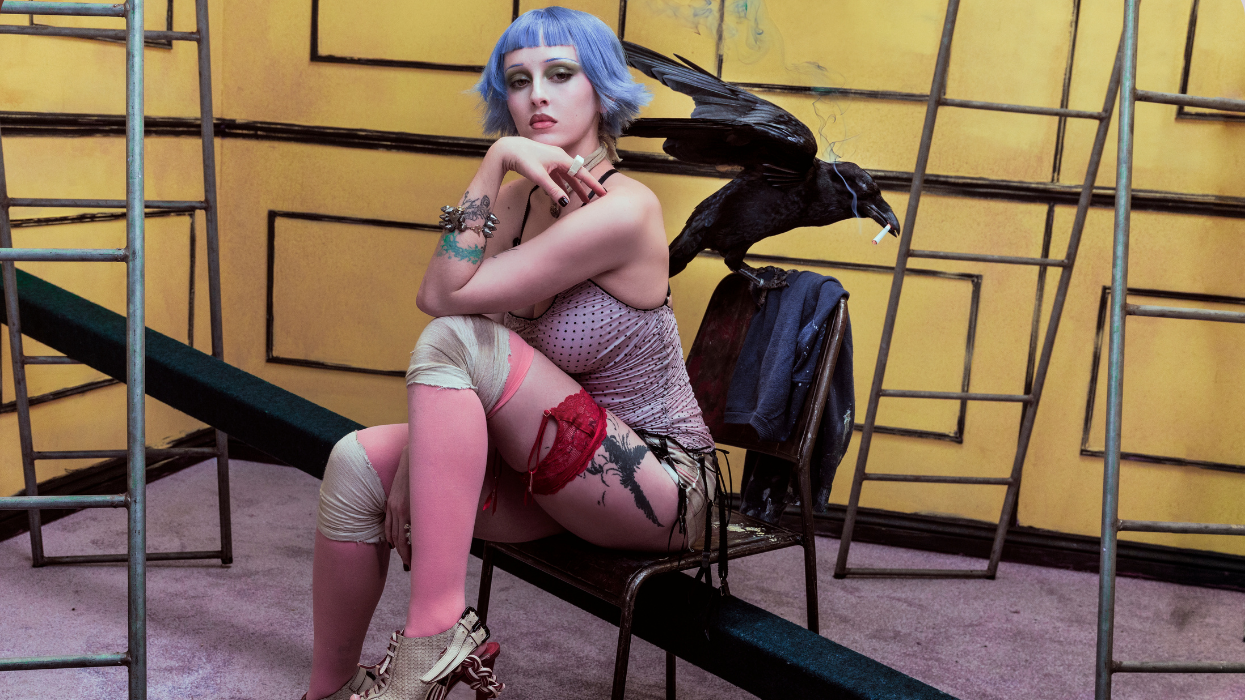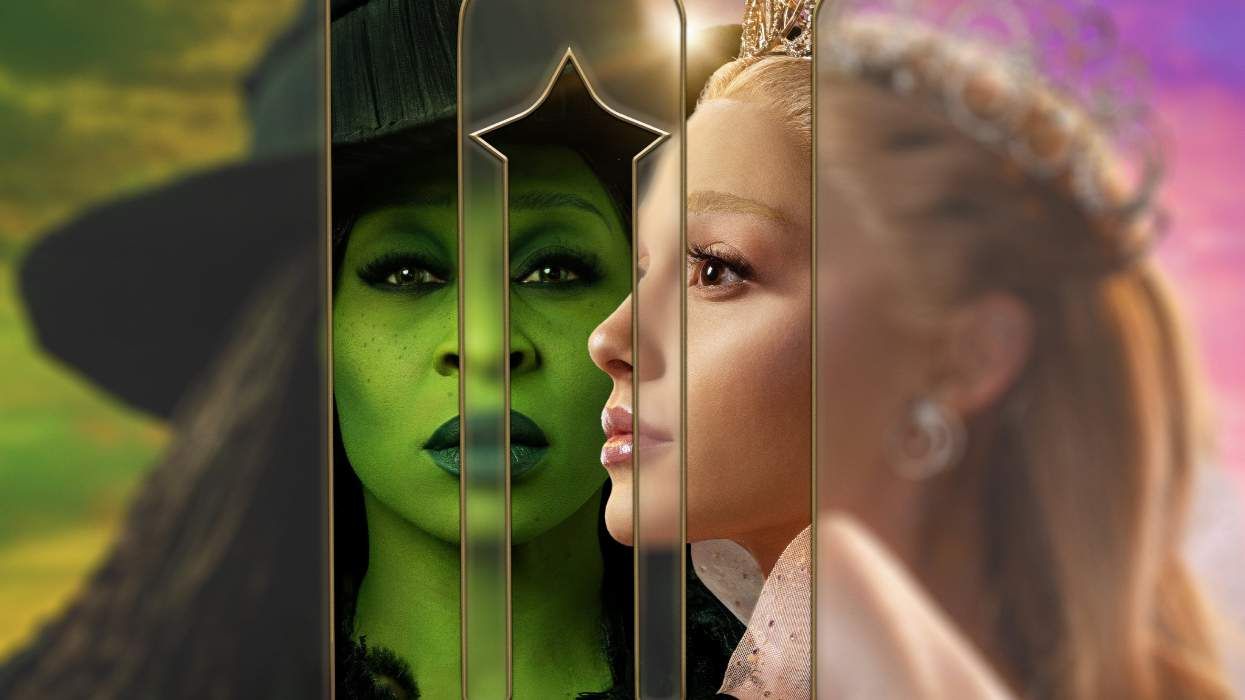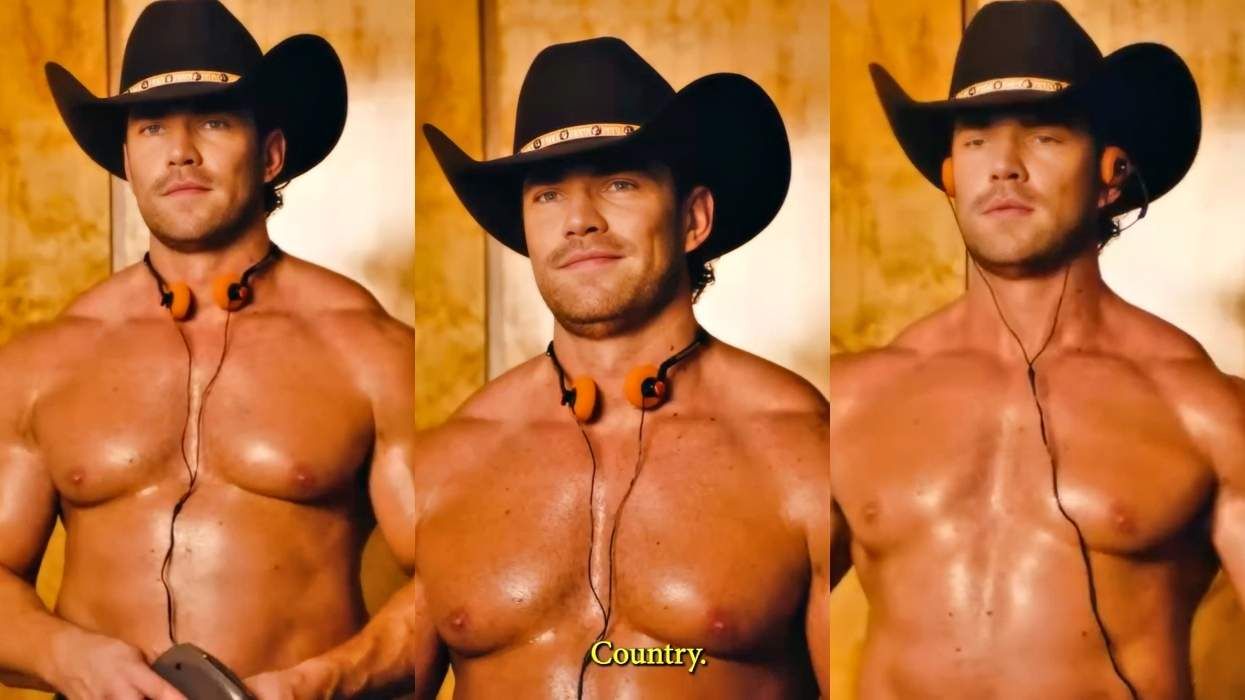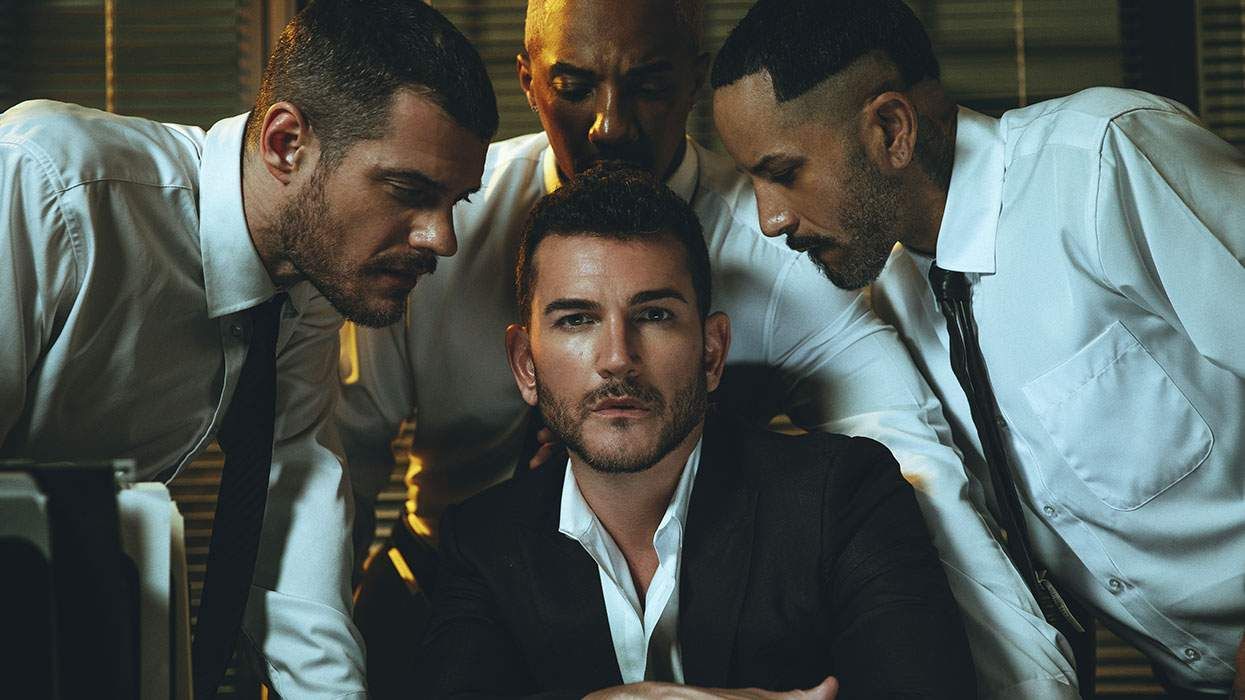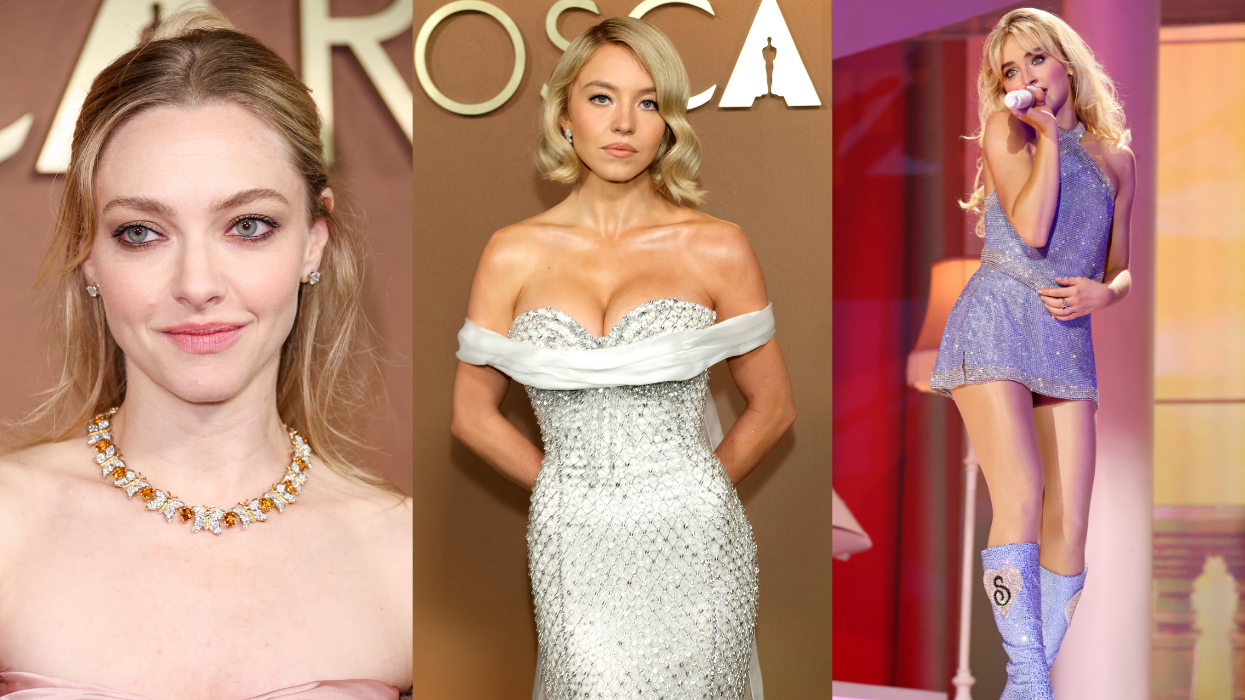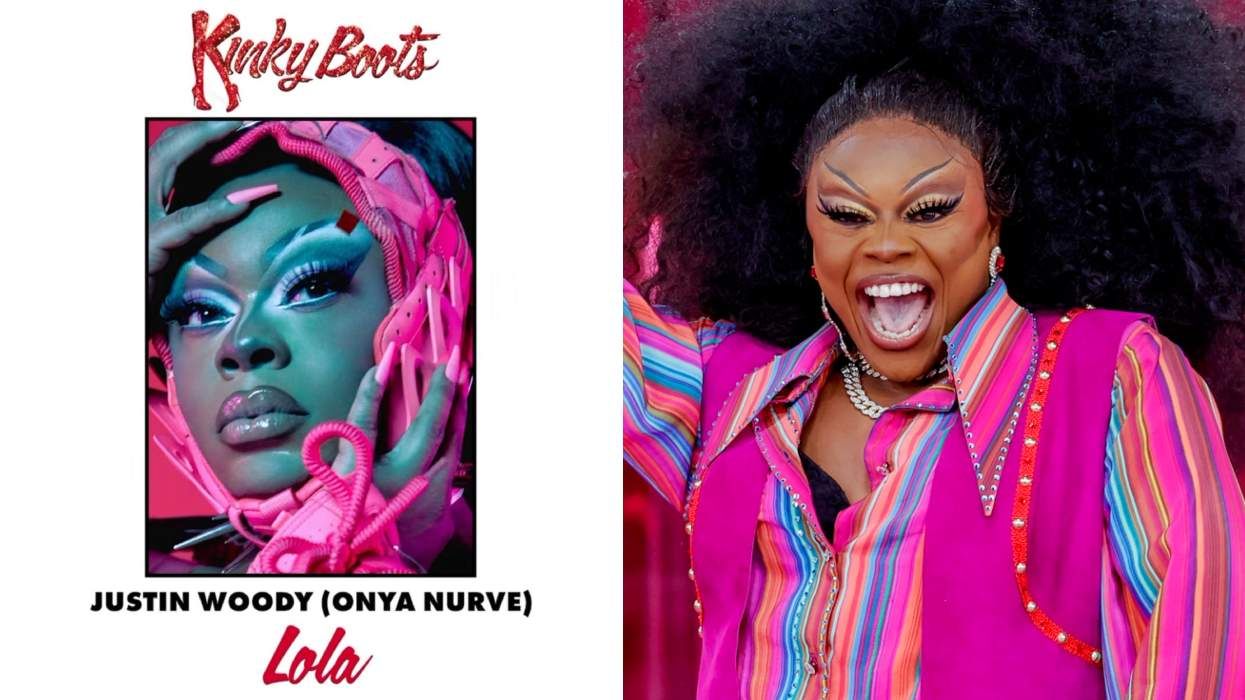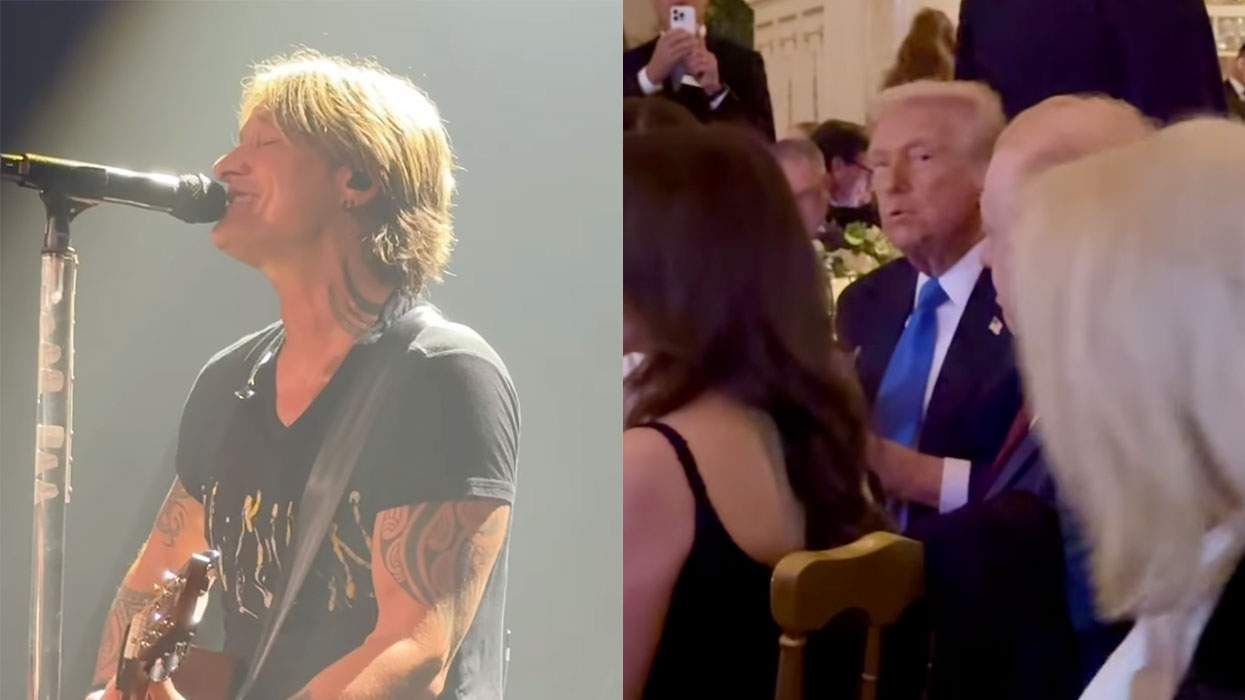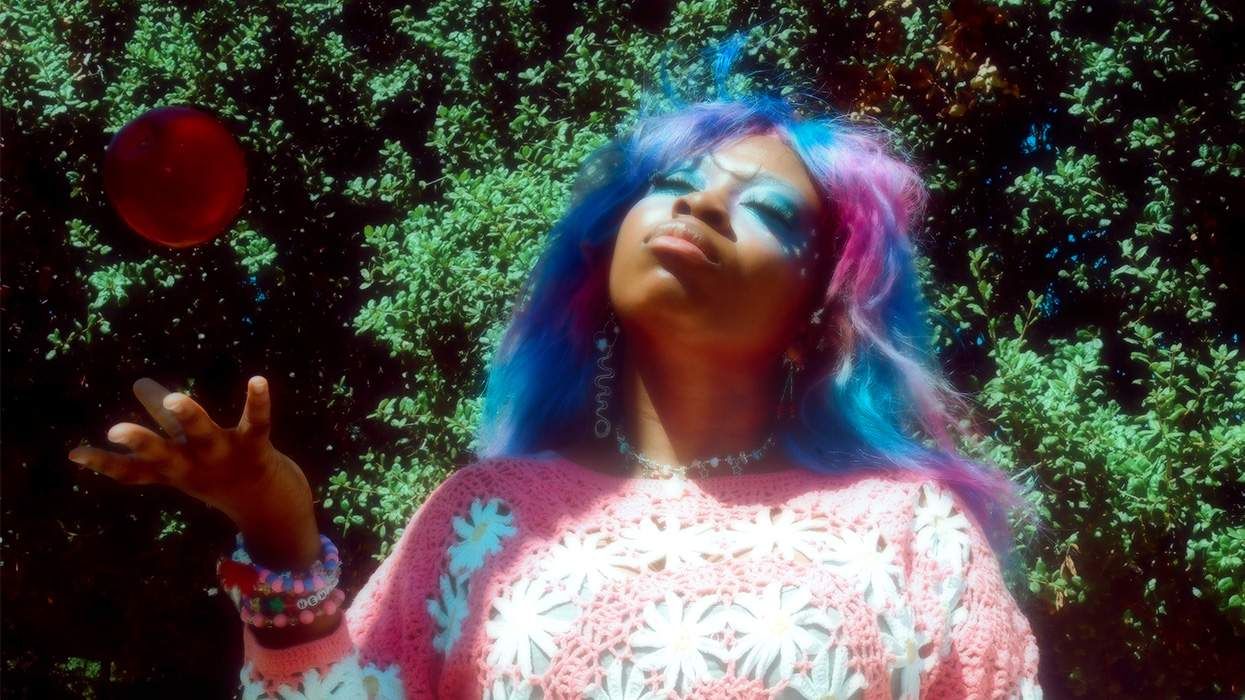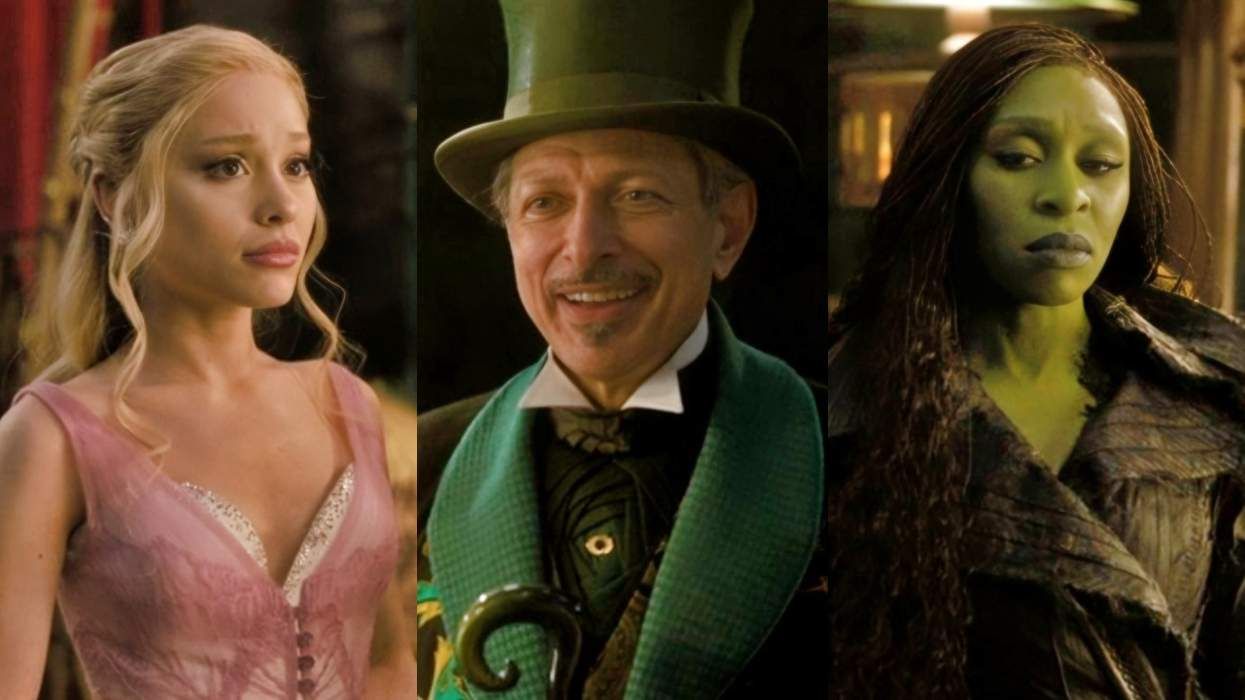Madonna popularized the music video, but she also pushed it beyond advertisement for music industry product and into a memorable, expressive art form. Madonna reigns alongside Michael Jackson as the genre's Queen and King. As with Michael, Madonna's music videos make up for a frustrated feature film career -- but in the best way: They both consistently came up with personal visions that expanded the genre's artistic potential.
Every upcoming recording artist uses Madonna and Michael as reference points for their own music videos. This pays tribute to Madonna and Michael as pop art muses and, fittingly, pays it forward.
Think of that 1980s buzzword "appropriation." It described using already familiar images for new meanings. Madonna took that academic notion and made it go pop. This was the same period Morrissey scolded music videos as commercial sellout even while contradicting himself by curating a gallery of pop icons on Smiths album covers -- an appropriation Madonna internalized and perfected in "Material Girl." The rap sequence of her "Vogue" video accomplishes as much when Madonna's litany of Hollywood icons is submerged within close-ups of her glamorized, narcissistic self. Advancing upon Brando, Dietrich, and Bette Davis's well-established legends, Madonna advertised her own.
Through Madonna's videos, the art world's modernist movement became a "postmodern" one. Like MJ, Madonna took as much care with music video as with studio recording work. Their own, carefully controlled pop-star images used sexuality, ethnicity and social statement to build artistic continuity between pop music and our larger artistic heritage.
So many cultural signposts come out of these videos. For example, the blonde-on-blonde iridescence of Britney Spears' "Toxic" as well as the throwback reference to Frtiz Lang's 1925 silent film masterpiece Metropolis, both from Madonna's "Express Yourself." The beach romp and slippery phallic mermen of "Cherish" led to Chris Isaak's "Wicked Game" and Janet Jackson's "Love Will Never Do Without You" (all by Herb Ritts).
Madonna's video concepts led to Lady Gaga and Bjork's own art-consciousness. They can't get over it and continually attempt to match it but they'll never repeat the moment when Madonna's connection to the zeitgeist became historic.
Confirming MTV broadcasting at its most omni-present and the dominance of the music video form at its height, Madonna's major videos have become part of the contemporary world's visual memory same as fondly-remembered songs. Here are the highpoints:
LUCKY STAR (1983)
From the start of that "Lucky Star" pose -- bending back, revealing a belly button and her imperfect slightly gap-toothed realness--Madonna's focused on sexuality whereas previous female gay icons (Garland, Streisand) emphasized emotional strength, largely through the power of their vocal talent.
Madonna's strength was physical, ironic during the AIDS era. Even her threat to established social norms was physical--white girl doing black hiphop moves, white girl singing black, Latino and gay disco rhythms, rich girl grabbing the brass ring while dressed like a thrift store habitue who can barely afford to clothe herself in other people's cast-off bows, bangles, jewelry, sunglasses and sex toys.
BORDERLINE (1984)
It all came together first in "Borderline". The scenario charted a street urchin's rise as model for a slumming style-photographer. It's a story about class and how pop celebrity -- the adventure of the '80s -- could easily transcend America's invisible class barriers. Madonna's message: All you need is will. Her street taste keeps her real even while starring as a cover girl for Gloss magazine. (She defaces the photographer's studio and Jeep by tagging it with aerosol graffiti.) The simple, infectious melody of "Borderline," with its R&B backup vocals, drove home the point that Madonna (you) can have it all. We've lived with the pro-and-con of it ever since.
LIKE A VIRGIN (1984)
"Like a Virgin" triumphantly starts with Nile Rodgers' bouncy thump. That, plus Madonna's white wedding dress defilement and bopping on a gondola in Venice with a lion-costumed, green-eyed suitor in heat, was her first bold pronouncement: Transgression--another big '80s term. Here, Madonna set out to remake pop culture and society's ideas of female virtue.
MATERIAL GIRL (1984)
Appropriation and Transgression combined in "Material Girl", a video that ignited a social revolution. Collaborating with her ideal video director, Mary Lambert, Madonna dared put herself in the place of Hollywood sex symbol Marilyn Monroe, restaging "Diamonds Are a Girl's Best Friend" number from the 1953 Howard Hawks film Gentlemen Prefer Blondes. With Lambert, Madonna showed the audacity of ambition and dared make herself the capitalist icon of the Ronald Reagan era.
As Madonna's most significant transgression, "Material Girl" demonstrated that political partisanship is meaningless compared to instinctual drive for wealth and orgasm. If Madonna's blatancy offended conservative Reaganism, the President couldn't have had a stronger booster of his trickle-down economic theories. "Material Girl," with its Valentine-vaginal pinks, fluffy ermine, floating dollar bills, tuxedoed chorus boys and tramp-resurrected Monroe-isms hit the bullseye of America's ambivalent heart.
OPEN YOUR HEART (1985)
"Open Your Heart", is so great looking (spangly lighting and pansexual glitz edited to irresistible synth-horns and percussion) it epitomized how perfectly a four-minute music video could rouse complex responses and narrative satisfaction --faster than most feature length films. Director Jean Baptiste Mondino makes Madonna's frosty-white skin shimmer against the slick, shiny backdrop of a multi-P.O.V. strip club. Mondino's panache helped Madonna blur the line between cheap and chic.
LIKE A PRAYER (1989)
Madonna's greatest video is, unarguably, "Like a Prayer". It's also Mary Lambert's finest and most conceptually accomplished work. It made the shortlist of my Greatest Music Video program at Lincoln Center. So much happens here: spiritual aspiration, same-sex rapport, interracial attraction and trust, a discourse on racial justice, social obligation, ecstatic links to Catholicism and black gospel plus recognition of Brechtian theatre and movie-musical thrill. Its narrative is abstract, like the best music videos. When it gets to Madonna in lingerie singing against a field of burning crosses, the song transcends chaos and the video is on high ground. No doubt its subversion of Ku Klux Klan racism was powerfully effective enough to inspire a similar image in Michael Jackson's great "Black or White" video. Over all, a pop culture epiphany.
VOGUE (1990)
In David Fincher's "Vogue", lots of fashion photography icons are appropriated in stylish black and white. Madonna arrives at the top of the pop culture heap, on the limber shoulders of black, Latino and gay bohemia. This victory tour through Madison Avenue-, art gallery-poses and voguing competitions brought up from underground, is driven by a recording that is Madonna's most powerful appropriation of subculture beats.
JUSTIFY MY LOVE (1993)
Mondino's "Justify My Love" featuring S&M voyeurism (released to coincide with Madonna's Sex book and very good album Erotica) outdoes all the feints of self-revelation in the 1990 faux-documentary Truth or Dare. Its closing motto "Poor is the man whose pleasure depends on the permission of another" suggests she is Mistress of the (self-pleasing) Revels but it contradicts Madonna's impact on her adoring fans.
DEEPER AND DEEPER (1992)
Finally, in "Deeper and Deeper" Madonna climbs the Warhol mountain, recreates his Factory experiments seen through a disco-era mixed party time-machine bacchanal. Perhaps too self-conscious, Madonna's concepts become less timely--a dangerous sign of how her publicity games might overtake her art. But there are fleeting pleasures in the many of the videos that followed. Madonna's self-advertising is a very Warholian risk and an undeniable legacy.


